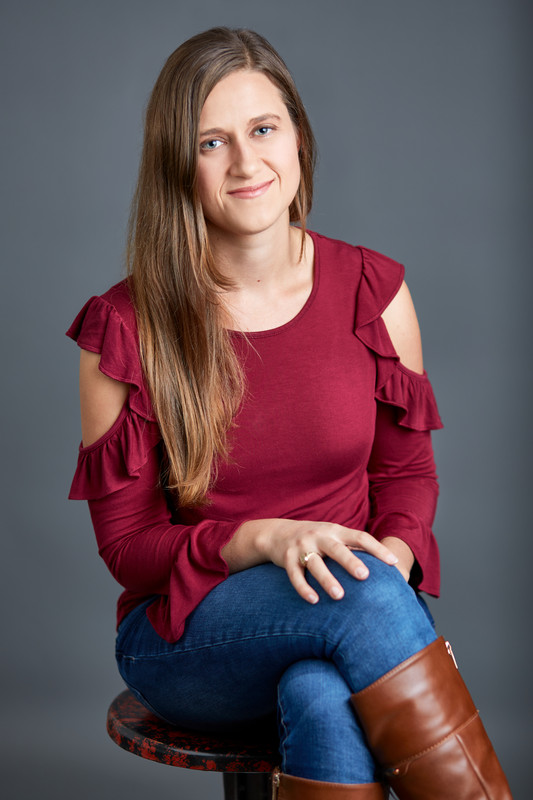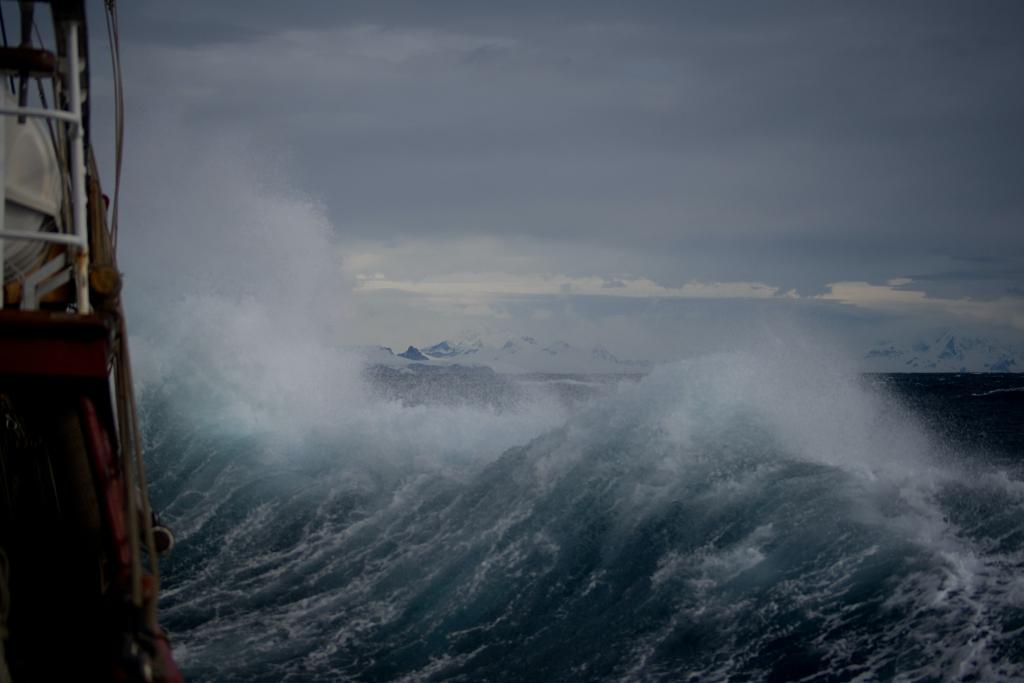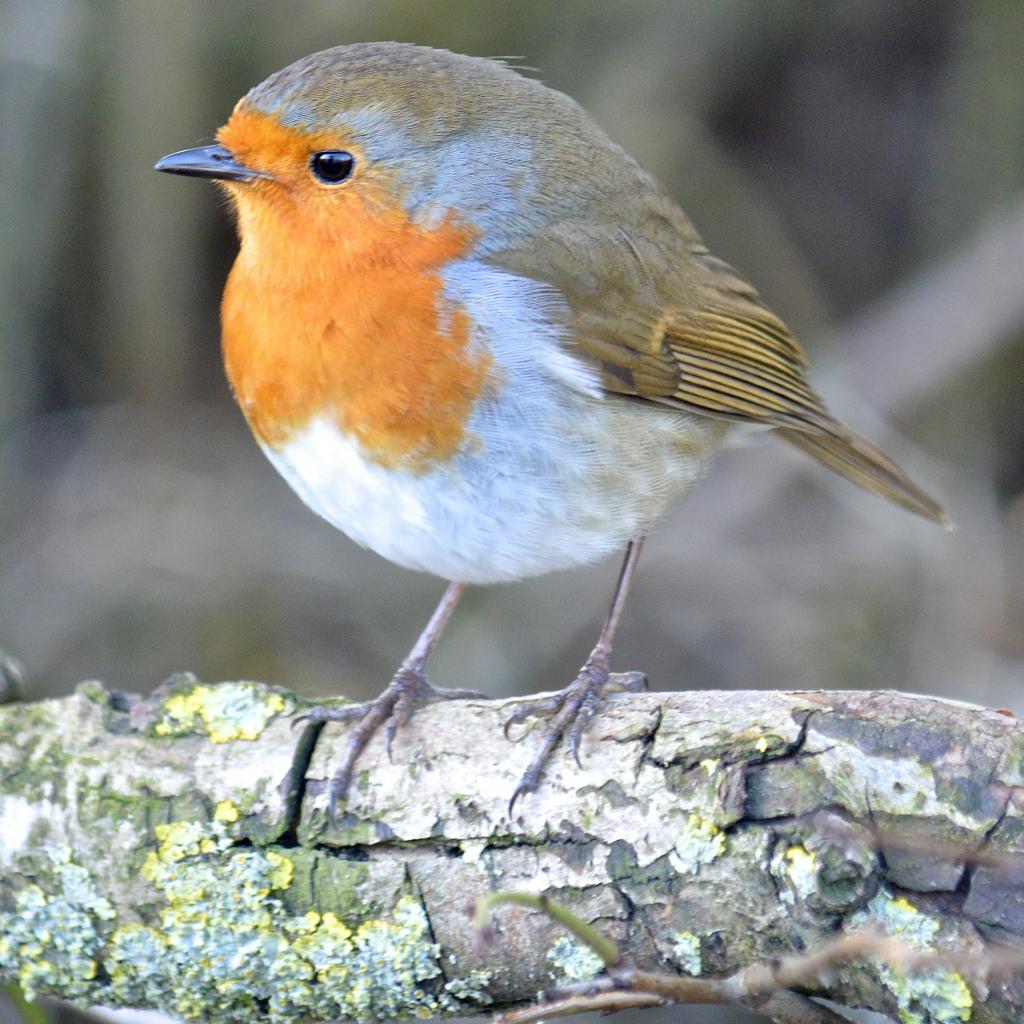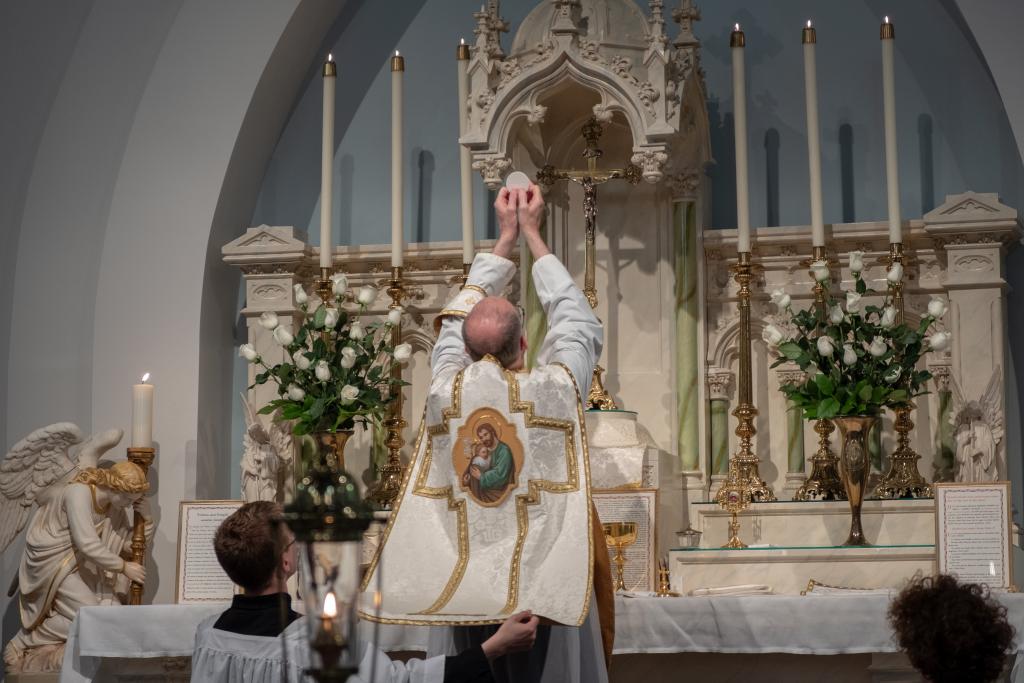
One of the most common responses to my plays is also the most painful for someone who is trying to create Catholic Art: “I related so much to this story. I’m a former Catholic too!”
I am not a former Catholic. I am a practicing Catholic and a playwright working in New York City. I want my work to be accessible to a wide range of people. I also want, more than anything, for it to be Catholic.
What is Catholic Art?
Is all art created by Catholics Catholic art? I don’t think so. (One could argue that Silence is a Catholic film, but Shutter Island is decidedly not.) What about work about the Catholic faith created by non-Catholics? Again, no. What about work about the Catholic faith written by former Catholics? Although I love Doubt, I’m going to be somewhat controversial here and say no. Here’s why:
Catholic art stems from the artist’s genuine faith in the teachings of the Catholic Church and their personal relationship with God.
This faith may be fraught and this relationship may be painful, but it must exist. This is the essence of what makes art Catholic as opposed to simply created by Catholics or influenced by Catholicism.
When Did Catholic Art Become Bad?
When I was studying abroad in Spain, I fell in love with the work of El Greco. His fluid, evocative, work felt shockingly modern to me, despite his living half a century ago. It inspired a duel reaction: the awe of witnessing true artistic genius combined with a genuine sense spiritual elevation. El Greco’s ecstatic faith shines through in his paintings, seeming to burst forth from his heart. When I see his work, I am overcome with a desire to feel God as he did.
For centuries, Catholic art dominated Western culture. Now, it is is virtually nonexistent. Meanwhile, “Christian art” occupies a separate category with little cultural influence. The most popular subcategory is Christian music, which tends to be derivative, lukewarm, and pedantic. The hope is to attract non-Christians to the message by creating music that sounds similar to what they listen to every day. People, however, know bad art when they see it, and opt for higher-quality secular music. This leaves Christian music with a limited audience: Christians who want to be reassured in their beliefs by the media they consume. Flannery O’Conner would have none of this.
Christ Called Us to Evangelize
One of the problems with contemporary Catholic and Christian art is that it attempts to evangelize. Evangelization is a dirty word in the secular world, associated with pushy, unreasonable people intent on trampling over others’ cultures and experiences. It’s also a risky concept when creating art, as the adage show don’t tell rings true for more than just description. The best plays ask questions and push their audiences to wrestle with their own conclusions. A play that tells it’s audience to consider becoming Catholic is not a good play.
However, Christians are called to evangelize. Shirking this responsibility in the name of creating better art is not an option. But making lesser art is also not an option, because God, the source of all creation, cannot be represented by anything less than the entirety of our souls. Genuine faith shakes human beings down to their very foundations and transforms them. Great art does the same. The two need not be separated for any reason.
A Prayer for Guidance
Because Catholics are obligated to live their faith fully in every aspect of their lives, Catholics are obligated to make Catholic art. Even when the artist has not set out explicitly to make art about The Church or about Jesus, their faith must influence their work on the deepest level possible. We are not obligated to do so alone, because that would be impossible. Only by inviting the Holy Spirit into our creative process can we hope to successfully accomplish what God is calling us to do. So, in that spirit, I am ending by offering a prayer for artists, as they set out to create in Christ’s name.
Oh Holy Spirit, guide me in my work.
Grant me permission to participate,
in some small way,
in your creative powers.
Let me not fall away from the path,
even as I wander.
And when I wrestle,
let me wrestle with angels,
so it is always You I encounter
on the other side of the journey.
Amen.












